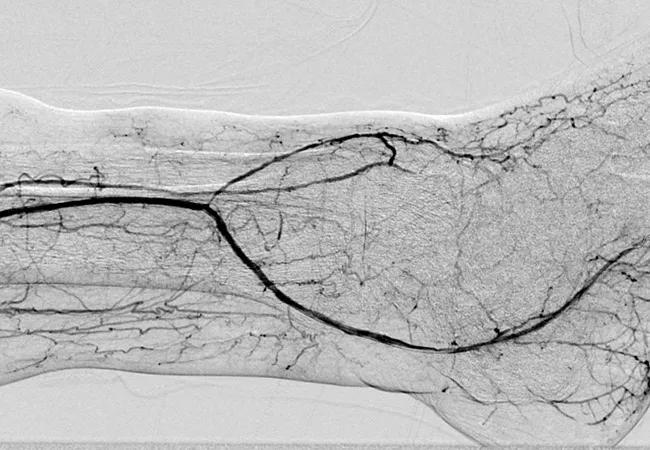Dr. Mehdi Shishehbor surveys some 2016 papers not to miss

2016 was a highly active year for research in critical limb ischemia (CLI), particularly for CLI expert Mehdi Shishehbor, DO, MPH, PhD, Director of Endovascular Services at Cleveland Clinic.
Cleveland Clinic is a non-profit academic medical center. Advertising on our site helps support our mission. We do not endorse non-Cleveland Clinic products or services. Policy
Dr. Shishehbor led teams that generated the following over the past year:
In the two-minute video below, Dr. Shishehbor shares some takeaways from these emerging insights into CLI management, including the necessity of a truly multidisciplinary approach to care.
If you’d like a deeper dive into CLI care, check out this 20-minute video lecture by Dr. Shishehbor on the portion of his JACC expert statement devoted to post-revascularization management after intervention for CLI.

Surprise findings argue for caution about testosterone use in men at risk for fracture

Findings support emphasis on markers of frailty related to, but not dependent on, age
![GettyImages-1252287413 [Converted]](https://assets.clevelandclinic.org/transform/StoryPanel/350804b2-f1e4-4d97-a277-9629cf45af3e/23-HVI-4120348_redlining_650x450_jpg?w=3840&q=75)
Large database study reveals lingering health consequences of decades-old discrimination

Additional analyses of the two trials presented at 2023 ESC Congress

Prospective SPIRIT-HCM trial demonstrates broad gains over 12-month follow-up

An ACC committee issues recommendations to accelerate sluggish progress

Review of our recent experience shows it’s still a safe option

Machine learning may improve risk prediction and guide therapy